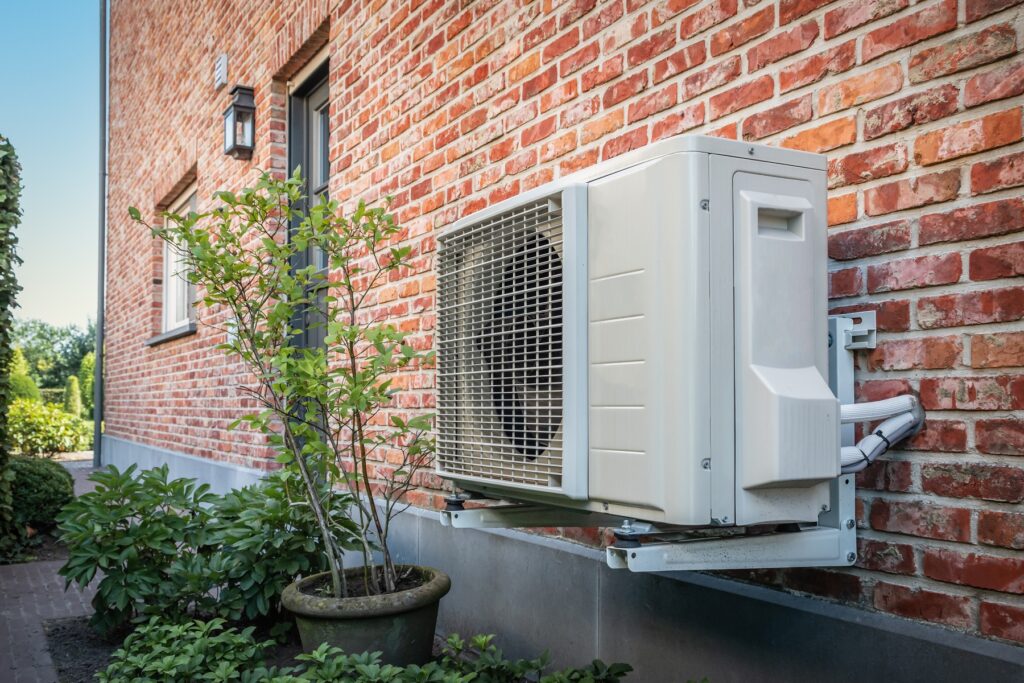Heat pumps are popular for heating and even cooling buildings. But installation involves several steps and considerations. Especially if you want to combine energy saving, comfort and efficiency. What should you look out for and what system components do you need? Here are some tips and advice.
With a heat pump system, you can sustainably heat and/or cool a building using electricity. You extract heat from outside air, ventilation air, soil or groundwater and convert it to a usable temperature for heating (or cooling) rooms and/or tap water.
Converting or upgrading to a usable temperature requires more electrical (auxiliary) energy than a central heating system. You want to keep that power consumption as low as possible, without compromising on comfort and efficiency. For optimal operation, all parts (source, heat pump, distribution and delivery) need to function properly and be coordinated. How do you achieve this?
Select low temperature dispensers
Heat pumps generally operate with a much lower supply temperature than a central heating system. Therefore, heat pumps are preferably combined with low-temperature dispensers, such as underfloor heating.
Minimise temperature differences
A heat pump is more suited to keeping rooms at a stable temperature than to achieving a high temperature difference quickly. You achieve the highest efficiency when the difference between the temperature of the source and that of the dispenser (Delta T) is as small as possible.
Remove air
Heat pump systems are vulnerable to air. Air causes corrosion, dirt particles and biofilm, thus clogging pipes and accelerating system wear. Air also reduces heat transfer and slows down heating. Energy consumption increases while comfort and system lifespan decrease. It is therefore important to remove air from the installation.

Family enjoys a comfortable home environment
Prevent (limescale) deposits
A heat pump system can clog due to (limescale) deposits. This will increase energy consumption and reduce efficiency. Moreover, deposits affect the service life of components. Ensuring a clean and air-free installation will make the heating system work more efficiently, increase efficiency and extend its lifespan.
Remove dirt
A heat pump generally requires a high flow rate. It is therefore essential to minimise resistance by separating dirt. After all, the lower the resistance, the less energy the heat pump consumes. Those energy savings can be as high as 8%.
Fine-tune the water flow
In order for a heat pump to work efficiently and heat the dispensers properly, it is crucial to accurately control the water supplied to the system. This way, you determine the exact amount of hot water needed per room to heat the room properly. By doing so, you reduce the energy costs of the heat pump system by up to 40% and improve comfort.
Limit the number of ‘starts and stops’
A heat pump delivers the most efficiency when the temperature differences (between supply and return temperatures) are as small as possible. Lots of ‘starts and stops’ are detrimental to a heat pump’s efficiency and lifespan. Limit heat pump commuting.
Regulate the temperature (intelligently) per room
Proper temperature control per room contributes to energy savings. When the end user controls the temperature per room, each room is given the desired, optimal temperature.





